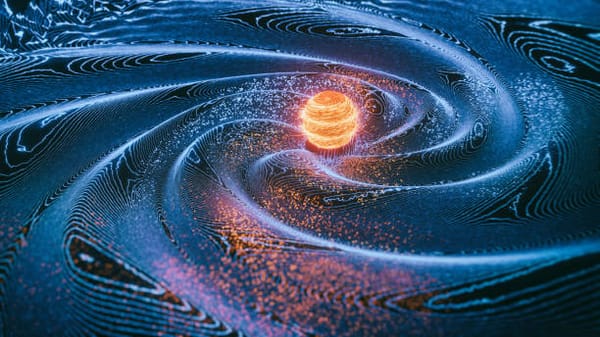Celestial Spectacle: The Geminid Meteor Shower and a Potential New Meteor Shower
What makes the Geminids special is not only their reliability but also the breathtaking multicolored streaks they paint across the night sky.
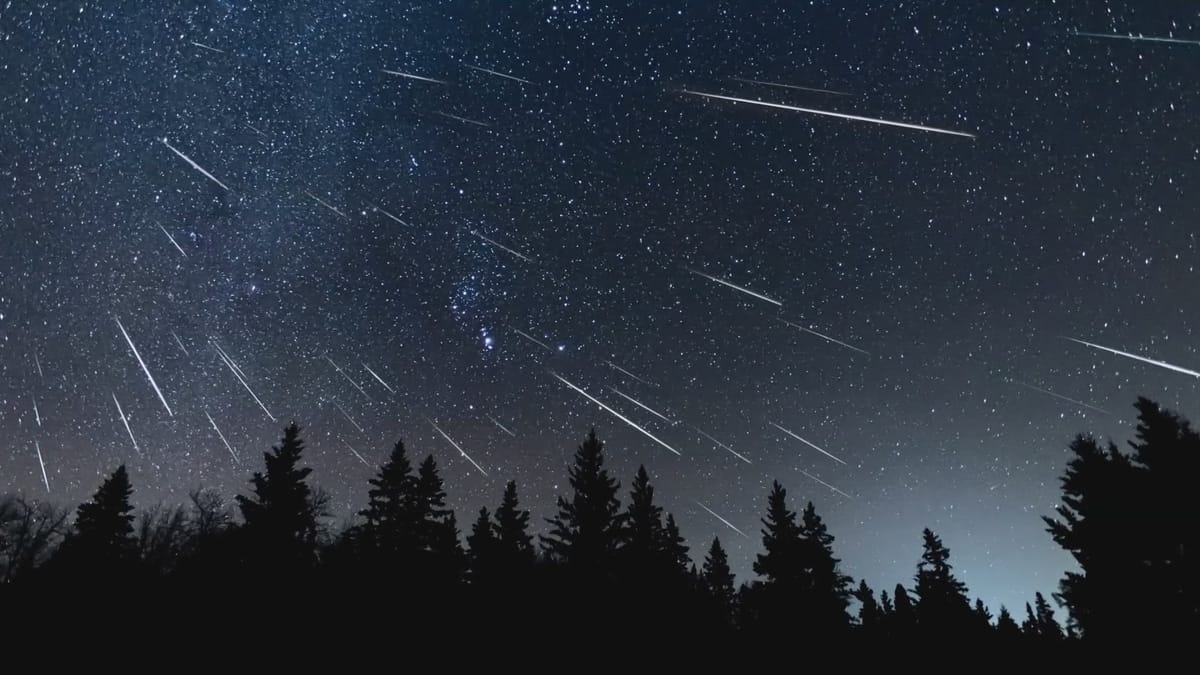
Introduction
As we approach the peak of the Geminid meteor shower, sky observers and astronomers alike are gearing up for a breathtaking celestial display. This annual event, known for its colorful streaks of light, is set to illuminate the night sky with up to 120 meteors per hour. However, this year brings an added element of excitement as scientists predict the possibility of a new meteor shower, the Lambda-Sculptorids, created by debris from the near-Earth comet 46P/Wirtanen.
The Lambda-Sculptorids: A Cosmic Surprise
In a big surprise, the leftover pieces from Comet 46P/Wirtanen are getting ready to make something new in the sky: a brand-new meteor shower called the Lambda-Sculptorids. This comet, found back in 1948, goes around the sun every 5.4 years, which is pretty quick. A group of scientists, led by Jeremie Vaubaillon from Observatoire de Paris, figured out that something special might happen on December 2023. They think the debris stream from the comet could meet up with Earth, creating a chance for people in Eastern Australia, New Zealand, and Oceania to see a whole new meteor shower in the night sky.
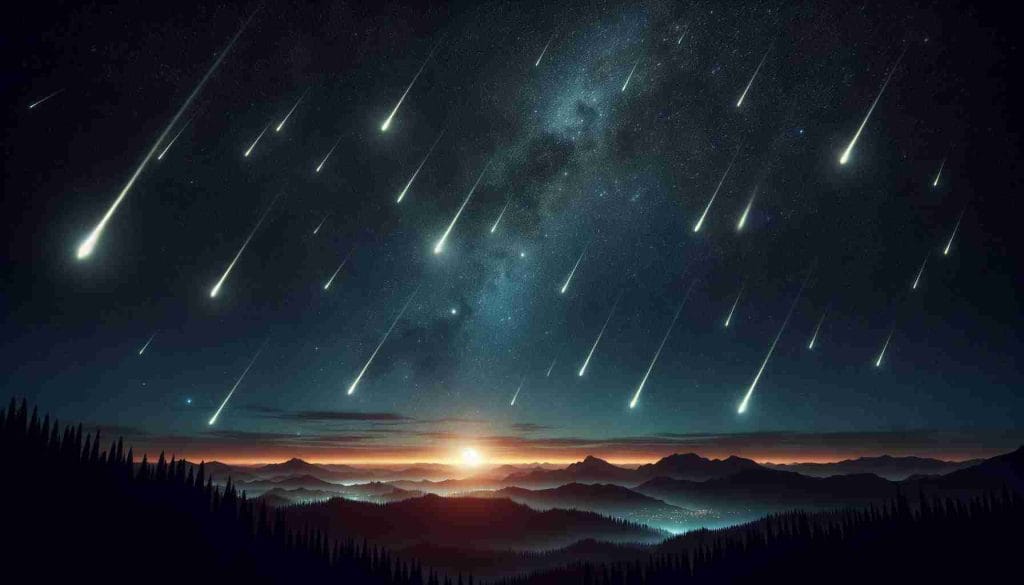
This news about the Lambda-Sculptorids is like a cosmic surprise package, and it makes us wonder why this hasn't happened with Comet 46P/Wirtanen before. The scientists are telling us that this comet, with its fast trips around the sun, might be about to give Earth its very own meteor shower for the first time. So, the skywatchers in Eastern Australia, New Zealand, and Oceania have a special date with the stars to see something new and fantastic up above.
Comet 46P/Wirtanen
Meet Comet 46P/Wirtanen, a space traveler about a mile wide that's part of the Jupiter family of comets. This means it moves around in space, following the path influenced by the big gas planet, Jupiter. Even though this comet has dropped by Earth quite often, like in 2018, it hasn't brought us a meteor shower until now. Some scientists checked into this and found out we might have missed seeing the pieces from the comet before because they enter our air kind of slowly. But there's a chance for scientists to watch and learn more about these big pieces from the comet when they meet Earth soon.
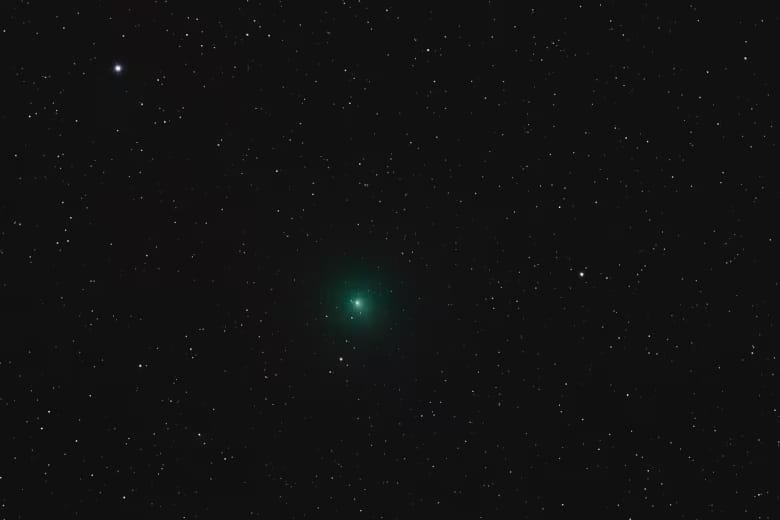
Comet 46P/Wirtanen is like a curious explorer in space, swinging by for visits every now and then. It's not just any comet; it's part of the Jupiter family, where Jupiter, the big gas planet, guides its journey around the sun. Even though this comet has been a frequent visitor in our space neighborhood, it hasn't given us a meteor shower until now. The smart scientists looking into this space puzzle figured out that maybe we didn't notice the pieces from the comet before because they come into our air at a slow speed. Now, when the comet meets Earth's sky soon, scientists are excited to keep a close eye. This special time helps them study and understand more about the size of these pieces from the comet.
Geminids Meteor Shower
As we await the possibility of witnessing the Lambda-Sculptorids meteor shower, nature treats us to another spectacular celestial event—the Geminids meteor shower. This cosmic phenomenon is nature's own fireworks display, captivating audiences around the world. What makes the Geminids special is not only their reliability but also the breathtaking multicolored streaks they paint across the night sky. Unlike most meteor showers that come from comets, the Geminids are born from the rocky asteroid known as 3200 Phaethon, adding a unique twist to the cosmic spectacle.
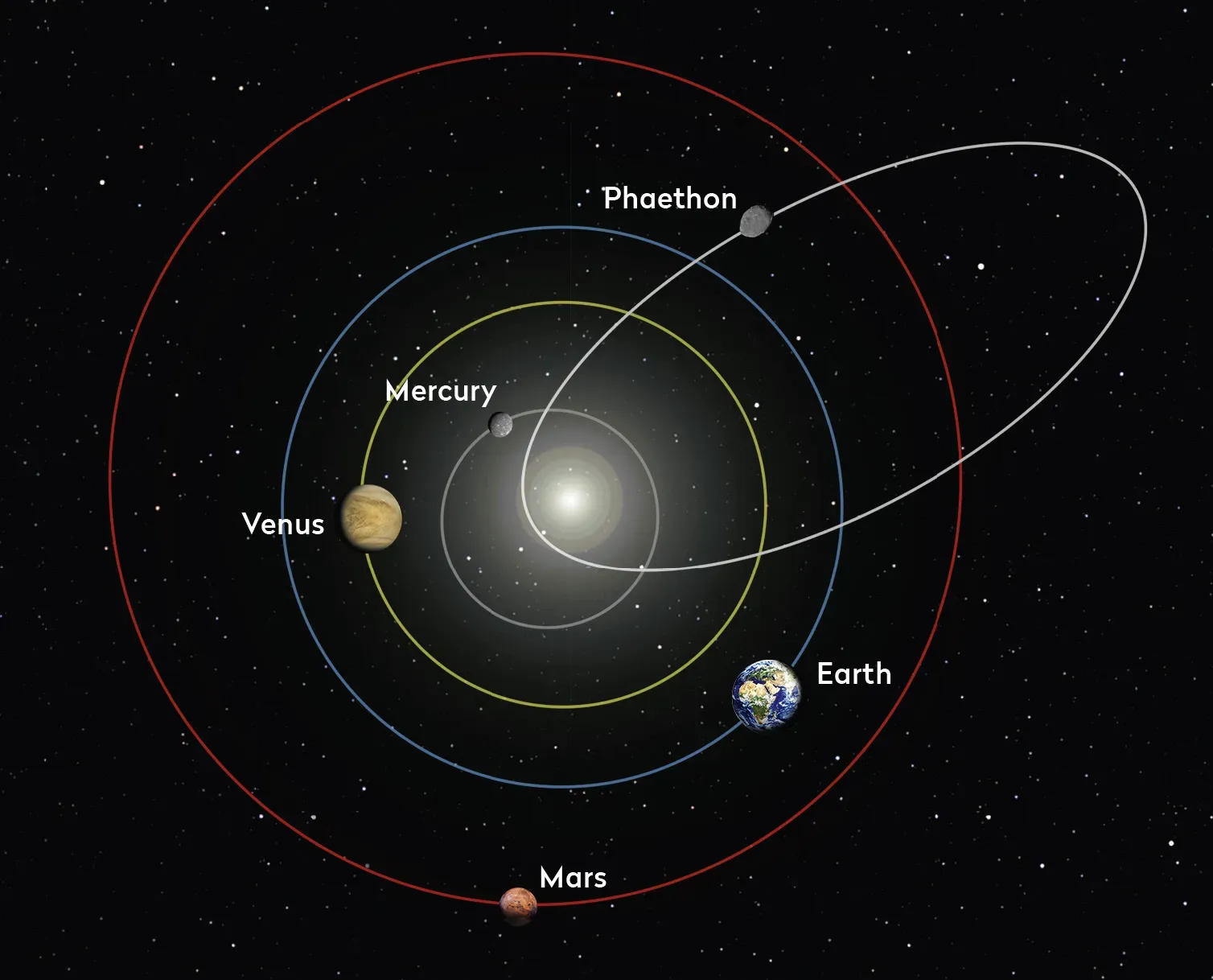
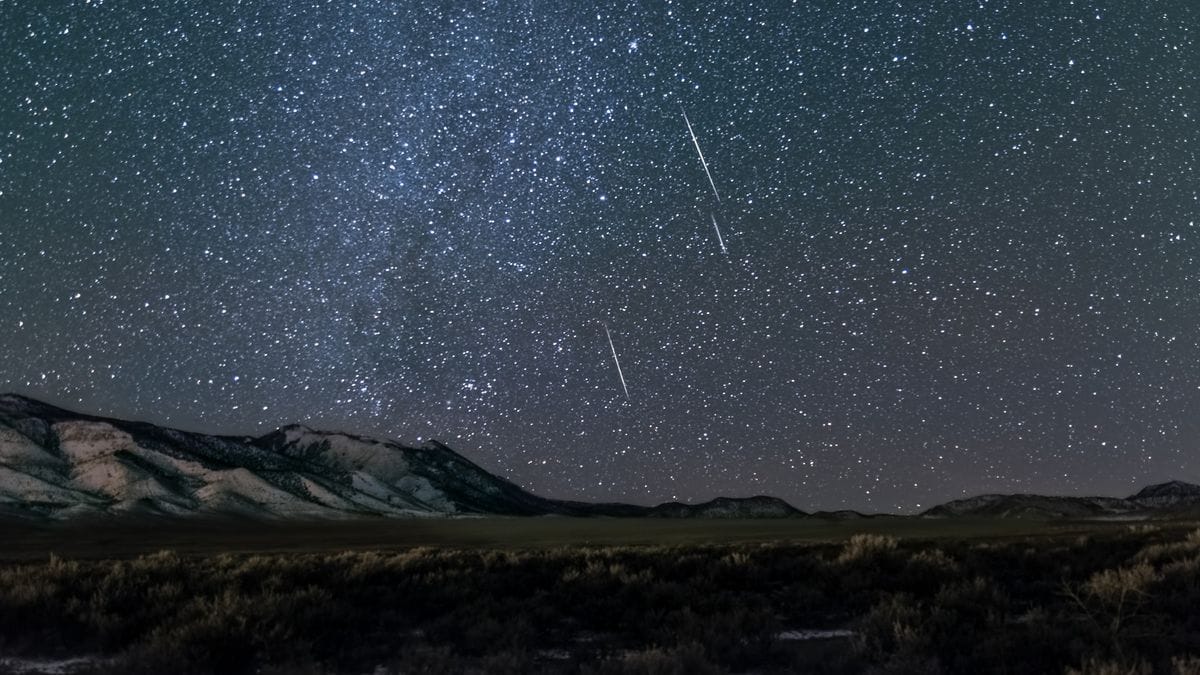
Image: Scientists observed Asteroid 3200 Phaethon as its orbit took it close to the Sun’s searing heat resulting Geminids meteor shower
The Geminids meteor shower, with its radiant display of colorful meteors, is a standout annual event. The source of these dazzling streaks is a rocky asteroid, distinguishing the Geminids from other meteor showers typically associated with comets. This celestial show promises a visual feast, with the meteors appearing to emerge from the constellation Gemini. The Geminids are a testament to the diverse wonders of our universe, offering a mesmerizing and reliable display that continues to capture the imagination of skywatchers worldwide.
Tips for Geminids Meteor Shower Observation
- Peak Timing and Duration: The Geminids meteor shower is expected to peak on the nights of December 13 and 14, with optimal viewing around 2 a.m. on December 14. However, the shower will remain active until December 20, providing extended opportunities for observation.
- Best Viewing Conditions: To maximize your meteor-watching experience, find the darkest location possible to minimize light pollution. Suburban areas may still offer a view of 60 to 120 meteors per hour at peak times. Lie flat on your back with your feet facing south for the best orientation.
- Meteor Colors and Composition: Geminid meteors are renowned for their brightness and can exhibit various colors, including white, yellow, green, red, and blue. The colors are attributed to the presence of metals like sodium and calcium, creating a spectacular visual display reminiscent of fireworks.
- Stargazing Apps and Dark Adaptation: Enhance your viewing experience by using stargazing apps to locate the Gemini constellation, the radiant point of the Geminids. Allow your eyes time to adjust to the darkness, and consider having a friend to cover different parts of the sky.
And if you would like to experience the mesmerizing meteor shower from the comfort of your home, you can tune in to the following YouTube link to witness this celestial event:
The Geminids vs. Lambda-Sculptorids: A Celestial Duel
The December sky is hosting a celestial duel as two meteor showers, the well-established Geminids and the potentially newly discovered Lambda-Sculptorids, share the cosmic stage. For astronomers and stargazers alike, this presents an extraordinary chance to experience not just one but a rare convergence of two spectacular celestial events. The Geminids, renowned for their reliability and vibrant multicolored streaks, originate from the rocky asteroid 3200 Phaethon, creating an annual visual spectacle that paints the night sky. On the other side of the cosmic spectrum, the Lambda-Sculptorids, born from the debris of Comet 46P/Wirtanen, hold the promise of a newfound meteor shower, offering astronomers a fresh opportunity to expand their understanding of these captivating cosmic displays.

As sky enthusiasts prepare to witness this celestial duel, the contrast between the established Geminids and the potentially emerging Lambda-Sculptorids adds an extra layer of excitement to the December night sky. The juxtaposition of these two meteor showers creates a unique astronomical scenario, inviting both seasoned astronomers and curious stargazers to marvel at the wonders of our universe. It's a cosmic showdown that showcases the dynamic and ever-evolving nature of celestial events, reminding us of the vast mysteries that continue to unfold in the vast expanse above.
Conclusion
As we marvel at the cosmic ballet of the Geminid meteor shower, the potential emergence of the Lambda-Sculptorids introduces an exciting element of unpredictability to December's night sky. Whether you are an amateur astronomer or a casual sky observer, these celestial events offer a chance to connect with the vast wonders of our universe. So, bundle up, find a dark spot, and prepare to be mesmerized by the dazzling display of meteors painting the canvas of the night sky. Happy stargazing!




